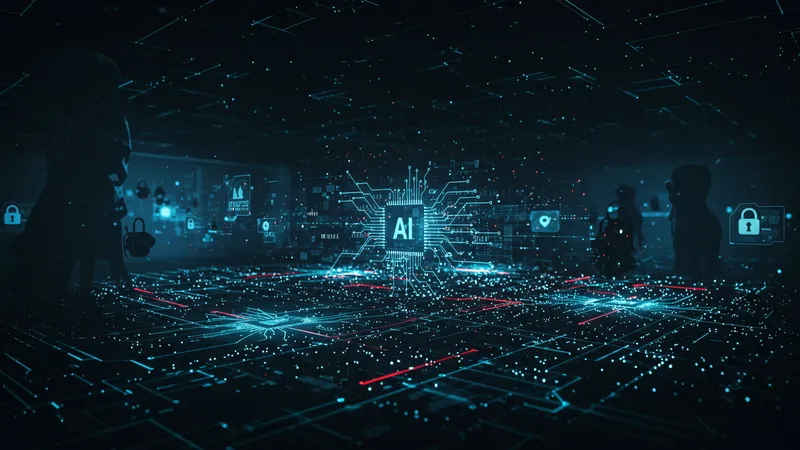
The Ultimate Guide To Cybersecurity: Protecting Your Digital World
The Role of Artificial Intelligence in Cybersecurity
Artificial Intelligence is revolutionizing cybersecurity by predicting and identifying potential threats faster than any human. Machine learning algorithms can analyze vast data volumes, finding novel patterns indicative of emerging threats. Could AI be the ultimate solution for cyber threats?

Despite its promise, AI does have limitations. Intelligent algorithms require structured datasets to function effectively. Any inherent biases in input data can skew their effectiveness, potentially overlooking unique or new cyber threats. This bias issue provides an opportunity for refinement but also poses an ongoing risk.
Moreover, cybercriminals increasingly harness AI for offensive operations, crafting more sophisticated and adaptive threats. The dynamic balance between AI-enhanced defenses and AI-driven attacks depicts an escalating arms race in the digital landscape.
For organizations, integrating AI into security infrastructures can bolster defenses significantly, but fundamental security principles must remain. Before AI becomes truly autonomous in combatting digital adversaries, human oversight and strategic planning are indispensable. Are we prepared for AI’s rapid advancement, and what role will human intervention continue to play?